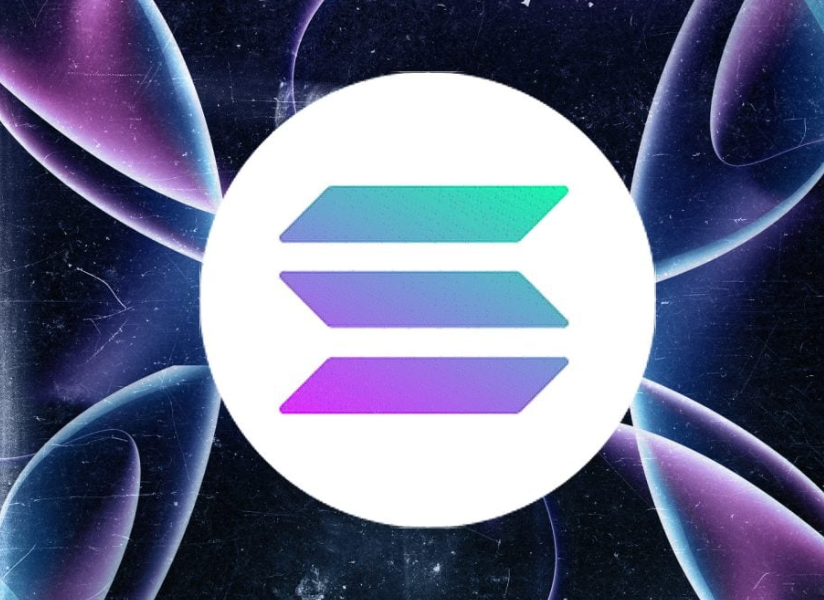
On July 3, 2025, Wall Street quietly opened a new frontier in crypto investing: with the debut of the REX‑Osprey Solana + Staking ETF (ticker SSK), U.S. investors gained the first regulated, brokerage‑accessible exposure to Solana, beyond the Bitcoin and Ethereum ETFs that dominated the prior wave. While this marks a milestone in crypto adoption, analysts urge caution—especially around lesser‑known tokens and execution risk.
Until this month, Solana’s presence on Wall Street was largely speculative—exposure came through indirect instruments such as private index products or offshore ETFs. SSK changes that by providing direct U.S.-traded Solana access, combined with staking yield (projected near 7.3% annually). That offers a familiar structure for investors who want token exposure without managing wallets or custody.
SSK’s structure blends domestic ETF holdings with allocations to outside Solana-linked vehicles; it carries a relatively high expense ratio of 1.4%. But within hours of its launch, it drew more than $20 million in trading volume—placing it within the top tier of new ETF debuts. That early traction surprised some pundits given Solana’s smaller relative market size and retail-driven community base.
The ETF’s approval under the Securities Act of 1940 reflects a regulatory shift that has been accelerating in Washington. Under recent pro-crypto leadership, including SEC Chair Paul Atkins, smaller token‑specific products are crossing the finish line—something previously limited to Bitcoin and Ether vehicles.
Several issuers, including Fidelity and VanEck, reportedly filed similar Solana ETF applications around the same time. SSK now holds first-mover status, a potential advantage—but it also faces the risk of slim future demand as competing vehicles enter the market. Analysts warn that weaker flows could lead providers to shutter underperforming funds within months.
Solana’s appeal goes beyond raw price speculation. Staking—where users lock SOL tokens to secure the network and earn rewards—is an intrinsic protocol feature with meaningful annual yield potential. By embedding staking into the ETF structure, the product aligns better with Solana’s real-world token dynamics than traditional equity‑style products.
The low latency, high throughput blockchain offers smart contract capability, DeFi infrastructure, and growing dApp ecosystems. These features attract developers and institutions alike and contrast sharply with token-only speculation found in other meme-coins.
Critics caution that early success does not guarantee sustainability:
Retail investors enthusiastic about algorithmic yield or diversified crypto exposure are natural targets for SSK. Financial advisors and smaller RIAs could also use it to package crypto into managed accounts.
But institutional appetite remains untested. Unlike massive Bitcoin vehicles, Solana ETFs have had limited pre-launch interest from pension funds or endowments. If institutional buy-in doesn’t materialize, the product may lack durability beyond initial hype.
SSK is not just another ETF—it’s the opening of a second act for crypto in U.S. capital markets. Bitcoin and Ethereum cleared regulatory pathways first; now the industry is testing the appetite for networks offering utility, staking, and DeFi potential.
For investors, that means trade-offs: greater reward potential—but also elevated operational and token risk. The success or failure of SSK may influence whether regulators greenlight a next wave of altcoin ETFs. A smooth debut could open the floodgates, while disappointment may prompt caution around smaller crypto exposures.
In coming months, attention will shift to how SSK’s trading volume evolves, whether pricing stays competitive, and how staking rewards perform amid network volatility or governance changes.
On the regulatory side, clarity around staking treatment, token classification, and custody will shape the future of such asset-specific ETFs. Any legal reversals or tax ambiguity could present headwinds.
Should major issuers like Fidelity, VanEck, or even crypto-native firms undercut SSK’s fees or distribution strategy, SSK may lose its early advantage—especially if retail momentum shifts rapidly to other token vehicles.
SSK signals a substantial evolution: Wall Street is now granting mainstream access to tokens beyond Bitcoin and Ethereum. It brings asset exposure and staking yield under one roof, bridging crypto-native mechanics with traditional brokerage infrastructure.
But it’s not without risk. Solana’s ecosystem is still maturing, staking reward mechanics could be disrupted, and ETF demand may remain patchy. For investors, SSK offers opportunity—but not without considerable execution, network, or regulatory danger.
This new frontier may prove to be exciting terrain—or a cautionary tale in what happens when new asset classes hit the big stage.
















From crypto news to blockchain analysis, our newsletter keeps you informed and engaged with what matters most. Subscribe today and join our community of readers staying ahead of the curve.